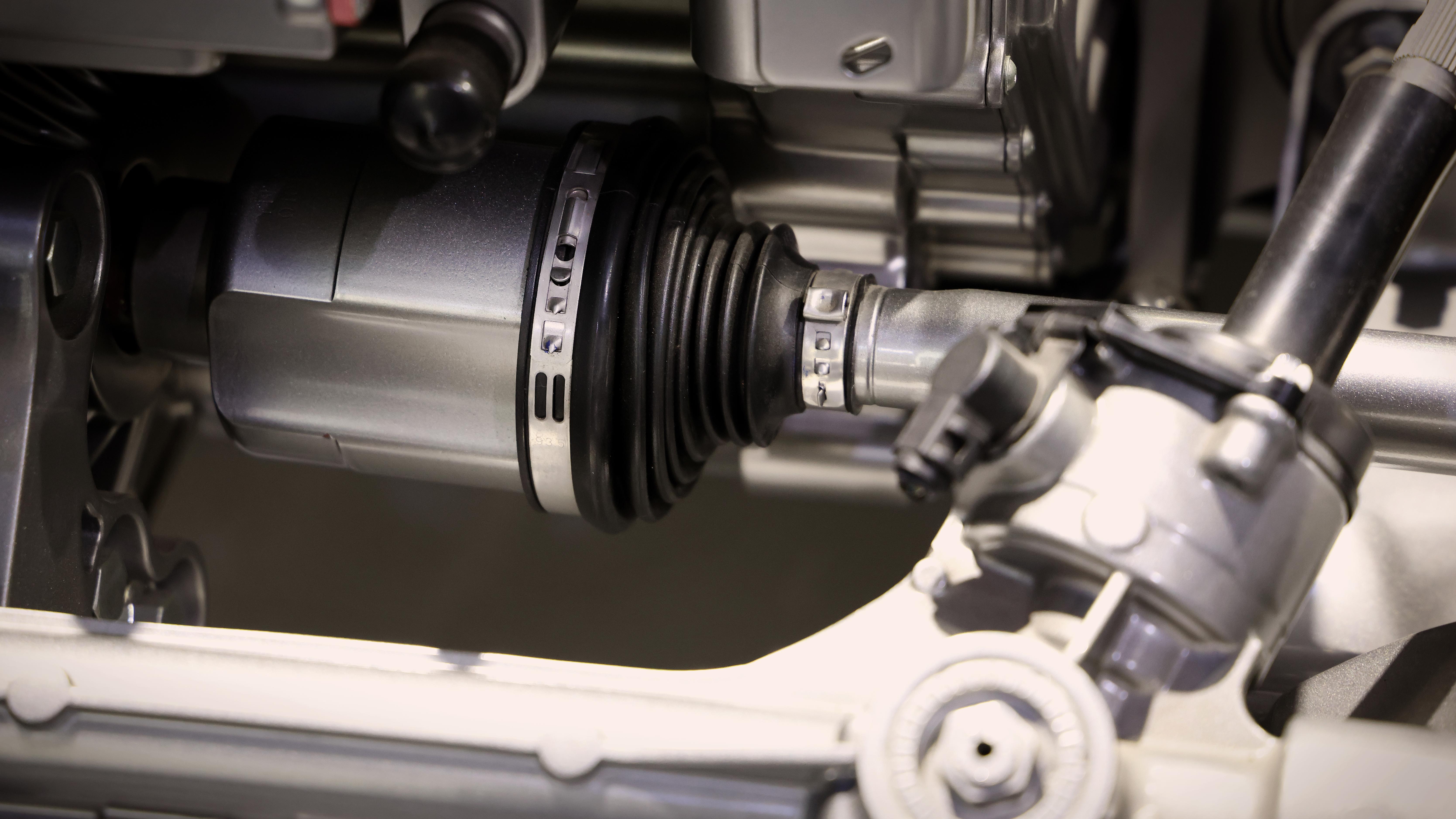10 Genius Hacks: Decoding Car Specs Before You Buy
Navigating the labyrinth of car specifications can feel like an overwhelming task for prospective buyers. With a myriad of features, technical jargon, and performance metrics, making an informed decision can be daunting. This guide aims to demystify the complexities of car specs and provide you with 10 ingenious hacks to streamline your purchase process. Whether you're a first-time buyer or a seasoned car enthusiast, understanding these key aspects will empower you to make a choice that aligns with your needs and lifestyle. Buckle up, as we take you on a journey through the essential elements of car specifications and how to leverage them effectively.
1. Understanding Horsepower and Torque

Horsepower and torque are two critical figures in any car's specification sheet, yet they often lead to confusion. Horsepower measures the engine's overall power, indicating how fast the car can go. Torque, on the other hand, measures the engine's rotational force, affecting acceleration and towing capacity. While a higher horsepower is ideal for speed enthusiasts, more torque is beneficial for those who need to haul heavy loads. Understanding the balance between these two can guide you in choosing a car that meets your performance expectations, whether for city driving, highway cruising, or off-road adventures.
2. The Significance of Fuel Economy

In an era of rising fuel prices and environmental consciousness, fuel economy has become a pivotal factor in car buying decisions. Measured in miles per gallon (MPG), fuel economy indicates how far a vehicle can travel on a single gallon of fuel. Cars with higher MPG are more efficient and cost-effective in the long run. However, it's crucial to consider the type of driving you do most often—city or highway—as this can affect fuel efficiency. Hybrid and electric vehicles offer alternatives that can drastically reduce fuel costs and carbon footprints, aligning with eco-friendly lifestyle choices.
3. Decoding Drivetrain Options

Drivetrains dictate how power is delivered from the engine to the wheels, influencing handling and traction. The three main types are front-wheel drive (FWD), rear-wheel drive (RWD), and all-wheel drive (AWD). FWD is typically more fuel-efficient and provides better traction in wet conditions, making it ideal for city driving. RWD offers superior handling and balance, preferred by performance car enthusiasts. AWD provides maximum traction across all terrains, perfect for those in regions with variable weather conditions. Understanding these options ensures that you select a vehicle that suits your driving needs and environmental conditions.
4. The Role of Safety Features

Safety features are paramount in modern vehicles, with advancements transforming how we perceive car safety. From basic airbags and anti-lock braking systems to advanced driver-assistance systems (ADAS) like lane-keeping assist and adaptive cruise control, these technologies aim to prevent accidents and protect passengers. Evaluating a car's safety ratings and features can provide peace of mind, especially for families or frequent highway travelers. Prioritize vehicles with high safety ratings and comprehensive safety packages to ensure you and your loved ones are protected on the road.
5. Infotainment and Connectivity

In today's digital age, infotainment systems have become a significant aspect of car specifications. These systems integrate entertainment, navigation, and connectivity features into one central unit. Consider the ease of use, screen size, and compatibility with smartphones when evaluating infotainment options. Features like Bluetooth connectivity, voice control, and Apple CarPlay or Android Auto integration can enhance your driving experience by providing seamless access to music, calls, and navigation. A well-equipped infotainment system can make long drives more enjoyable and keep you connected on the go.
6. Evaluating Interior Comfort and Space

Interior comfort and space are crucial for ensuring a pleasant driving experience, particularly for long journeys or family trips. Evaluate the quality of materials, seating comfort, and adjustability when assessing a car's interior. Consider the amount of legroom, headroom, and cargo space, especially if you frequently travel with passengers or carry large items. Features like climate control, heated seats, and customizable seating configurations can significantly enhance comfort. A spacious, well-designed interior can transform your car into a comfortable sanctuary, making every drive a pleasure.
7. The Importance of Warranty and Maintenance

A car's warranty and maintenance plan can significantly impact the total cost of ownership. A comprehensive warranty offers peace of mind by covering repairs and replacements for a certain period or mileage. Consider the duration and coverage of the warranty, including powertrain and bumper-to-bumper options. Additionally, evaluate the manufacturer's maintenance schedule and costs, as regular servicing is essential for preserving the car's performance and longevity. Opt for brands known for reliability and low maintenance costs to reduce long-term expenses and ensure your car remains in top condition.
8. Resale Value Considerations

Resale value is an often-overlooked aspect of car buying that can affect your financial investment. Some cars depreciate faster than others, impacting their resale value. Factors influencing depreciation include brand reputation, market demand, and the car's condition over time. Researching the historical resale values of different models can provide insights into their long-term worth. Choosing a car with a strong resale value can reduce the overall cost of ownership and provide better financial returns when it’s time to upgrade or sell your vehicle.
9. Environmental Impact and Sustainability

As environmental concerns grow, the automotive industry is shifting towards more sustainable practices. Electric vehicles (EVs) and hybrids offer eco-friendly alternatives to traditional gasoline-powered cars. Evaluate the environmental impact of the vehicle, including emissions, fuel efficiency, and the materials used in manufacturing. Consider the availability of charging infrastructure if opting for an EV. By choosing a sustainable vehicle, you contribute to reducing carbon emissions and promoting a greener future, aligning your purchase decision with environmental values.
10. Test Drive: The Ultimate Decider

A test drive is the most tangible way to understand a car's capabilities and comfort. It allows you to experience the vehicle's handling, acceleration, braking, and overall feel. Pay attention to the ergonomics, visibility, and noise levels inside the cabin. Test various driving conditions, such as city traffic and highway speeds, to evaluate performance comprehensively. A thorough test drive can reveal insights that specifications alone cannot provide, ensuring that the car meets your expectations and driving style before making a final decision.
Making an Informed Decision

Armed with these 10 ingenious hacks, you're now equipped to navigate the maze of car specifications with confidence. By understanding key aspects such as performance metrics, safety features, and environmental impact, you can make a purchase decision that aligns with your needs and values. Remember to prioritize what matters most to you, whether it's fuel efficiency, interior comfort, or cutting-edge technology. With this comprehensive guide, you're ready to embark on your car buying journey, ensuring that your choice is not only informed but also fulfilling and future-proof.







